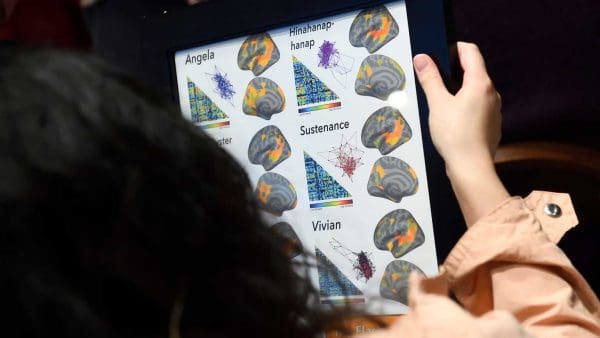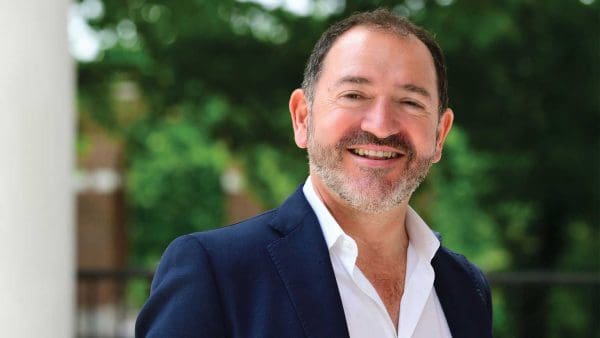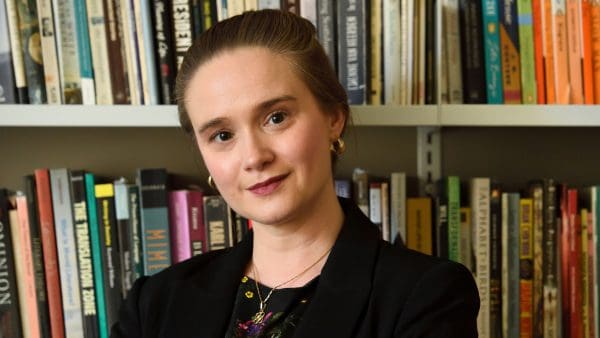At the Homewood Art Workshops in the Mattin Center, the dismantling of the darkroom is more than symbolic. The enlargers have been moved out, and the demolition is finished. Once the conversion is complete—by late autumn— a new open space will house a digital lab, with an overhead projector, some printers, and one computer per student.
“It was slow to come, as far as I’m concerned,” says Howard Ehrenfeld, about the demise of film as a medium. He teaches Introduction to Digital Photography and Photoshop/ Digital Darkroom. “Wet film photography is a bygone thing.”
It’s been about a decade since Ehrenfeld has shot film; he had a large darkroom and went further than most people, processing his own color transparencies for his work and his art—collages and large commercial installations. “It was clear to me that digital was happening,” he says, “and it was an improvement.”
Phyllis Berger, Homewood’s photography supervisor, agrees. “I will never lose my love for a beautiful silver print,” she says, “but the time has finally come when a digital image can be just as awe inspiring. With my own work, I can see the incredible tonal range and luminosity that are possible in the digital darkroom.” And there’s another benefit: With digital photography, you never run out of film.
Unlike Berger, Ehrenfeld isn’t nostalgic about film. “Plenty of people are, but I did quite a bit with film. I don’t need to breathe in and touch those chemicals and pollute [the environment]. I was buying film by the brick [20 rolls]!”
He says he can do better things now in far less time and with exactitude, things he could never accomplish with film. And to those who say you can’t get as good a print—especially with black and white, he says, “I don’t buy that in the slightest bit.” He’s an expert on printing; much of his commercial work is for new malls or stores, where his billboard images are used on barricades that make it look as though the new store is already there.
Berger feels pangs of loss from closing the darkroom— “because the process of making prints is such a spiritual one. Seeing images come up through the developing fluid feels like magic,” she says. On the other hand, she has felt the pain of the loss of hours spent just trying to “tweak the tonality” of a photo.
But the film versus digital debate is moot. The real issue now is that film, film cameras, and papers are in short supply. “We decided to close the darkroom when it became too difficult and expensive to get materials students needed,” Berger says. “It became apparent that it was time to make a choice.”
Students who want to study the fundamentals of film may take classes at nearby Maryland Institute College of Art. “We have reciprocity there,” she says. But students can learn just as much and make images that are as beautiful with digital single lens reflex cameras, she believes.
The lack of wet photography is better for the environment, Ehrenfeld notes, as well as for the health of students and faculty members. He remembers a time when students “couldn’t get color paper for their enlargers. It wasn’t clear whether the market would die or the shortage would come back.” In fact, he doesn’t think professional film is even available anymore. Even photographers’ favorite Baltimore camera spot, Service Photo Supply, doesn’t have it.
In a single moment, he punctuates the end of darkroom days: “They gave their film refrigerator to a motorcycle club to use for beer!”




